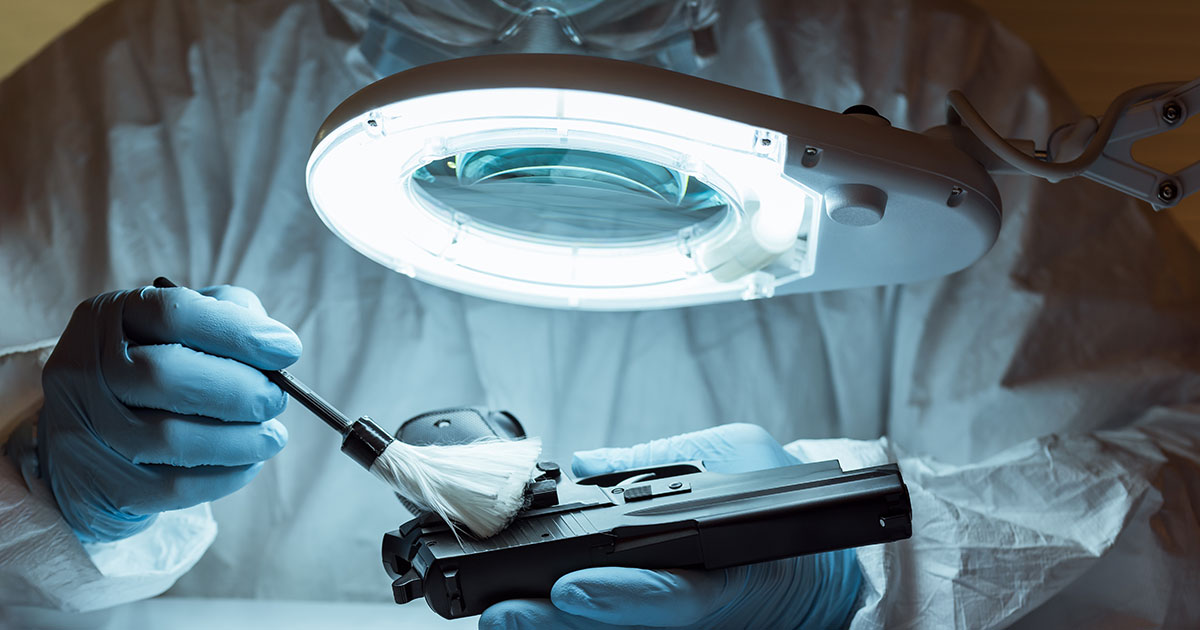
Dec. 1, 2021 – In July 1984, Jennifer Thompson was raped. Within 72 hours, still shattered by the assault and the trauma of enduring the collection of rape kit evidence, the police sat her down with a sketch artist.
“You’re asked within hours to begin giving descriptions of this person,” Thompson said. “And, as you’re telling this description, its going in somebody else’s brain and is being relayed into a composite sketch. And once that composite sketch was done and shown to me, it began to contaminate my memory.”
The session with the sketch artist was the first station on a torturous journey that Thompson recalls in “Picking Cotton: A Memoir,” a
New York Times Bestseller.
Thompson is one of numerous speakers at the upcoming
Forensic Justice Institute, a virtual event on Jan. 20-21, 2022, co-sponsored by State Bar of Wisconsin PINNACLE® and the Center for Integrity in Forensic Sciences.
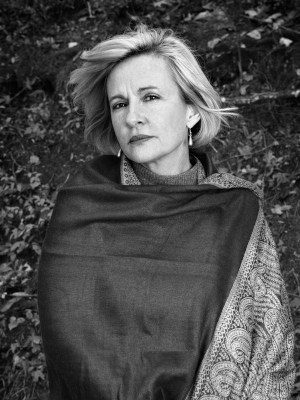
Jennifer Thompson, who wrote a New York Times Bestseller about her experience as a sexual assault victim, is one of numerous speakers at the upcoming
Forensic Justice Institute, a virtual event on Jan. 20-21, 2022, co-sponsored by State Bar of Wisconsin PINNACLE® and the Center for Integrity in Forensic Sciences.
‘I Recognize That Person’
The next station on Thompson’s journey with the criminal justice system was a photographic lineup in which she picked out Ronald Cotton as her assailant.
“When I looked at the photograph, he was the one who looked the most like my suspect, but more importantly, he looked the most like the composite sketch,” Thompson said.
“So, unbeknownst to me, in my mind, I’m actually comparing the photograph to my memory of the composite sketch as opposed to the photograph and my memory of the assailant.”
The detectives backed up Thompson’s selection of Cotton’s photograph with encouraging words. Seven days later, they brought her to the police station for a physical lineup.
But the lineup room was being renovated, so the lineup was conducted in an abandoned school. The only thing separating Thompson and the seven men selected for the lineup was a card table.
“So I’ve got all these traumatic moments, and now I’m in front of a physical lineup and the only similar person that was in the photographic lineup that is also in the physical lineup is Ronald,” Thompson said.
“And naturally your brain says ‘Oh my God, I recognize that person.’ And you’re thinking from your trauma brain, from the place that is fear-based.”
Thompson said that her identification of Cotton – which, 11 years later, would prove to be mistaken – was the culmination of a swift process of mind alteration.
“Within 10 days, my memory is completely and forever contaminated. To the point where the image of my assailant, Bobby Poole, is erased, and there’s a new image in front of my brain and that’s all I can see.”
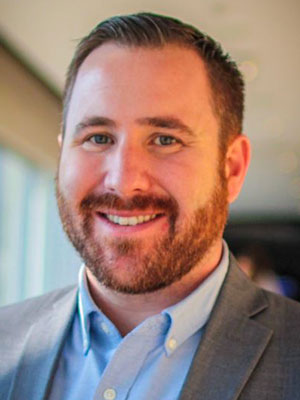
“When an investigator has a presumption of guilt regarding the person in front of them, the investigator changes their behavior. The line of questioning changes and becomes more coercive,” says David Thompson, president of WZ, a company that trains police in non-confrontational interview techniques.
Mistakes and Memory Distrust
Another presenter at the
Forensic Justice Institute, David Thompson, says that mistakes similar to those that led Jennifer Thompson to identify Ronald Cotton also often lead to contaminated confessions – confessions that sometimes turn out to be false.
For instance, detectives provide details of the crime to an interviewee or show him or her a crime scene photo, “so that when they eventually do confess, it’s not their words – it’s the words they’ve already heard or images they’ve already seen.”
Thompson, the president of WZ, a company that trains police in non-confrontational interview techniques, said that telling an interviewee that he or she committed the crime can also cause a false confession.
“A person actually has memory distrust and thinks, ‘If they’re telling me I did it… the evidence is stating I did it, maybe I did blackout,’ and that is terrifying. People leave the interview actually thinking maybe they did really do it,” he said.
False Confessions and Wrongful Convictions
According to
The Innocence Project, 62 percent of the 375 cases in which DNA evidence has exonerated a wrongfully convicted person involved false confessions.
One tactic commonly used during a coercive interview is lying to the interviewee about evidence linking him or her to a crime, a trick that Thompson calls the “false evidence ploy.”
The technique was blessed by the
U.S. Supreme Court in
Frazier v. Cupp, 394 U.S. 731 (1969). But thanks to lobbying by Thompson and other advocates, it’s a technique no longer allowed with juvenile interviewees in Illinois and Oregon.
Thompson grew up in New York State, where his grandfather was a judge. He became interested in criminal justice after a childhood spent watching trials in his grandfather’s courtroom.
Thompson said the police sometimes use flawed interrogation techniques because they’ve been trained to do so.
“They’ve been trained for decades that you’re allowed to lie about evidence. That’s how they’re trained, so that’s how they’re going to execute.”
Confirmation bias – which led the detectives to encourage Jennifer Thompson after her identification of Ronald Cotton – is another factor in false confessions, David Thompson said. It’s often responsible for “putting the wrong person in front of the detective long before any coercion happens.”
“When an investigator has a presumption of guilt regarding the person in front of them, the investigator changes their behavior. The line of questioning changes and becomes more coercive.”
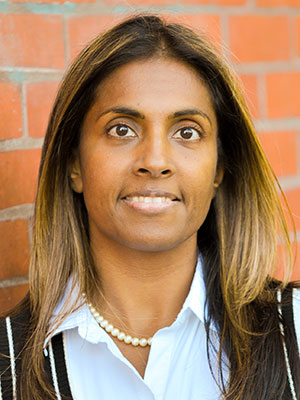
“I would come into the courtroom and try and argue about forensics being unreliable, and I’d have so many judges give me this look or explicitly tell me that they had been seeing this stuff for decades, ‘So don’t come in here and tell me that I’ve been doing it wrong.’” Janis Puracal, executive director of the Forensic Justice Project and an adjunct faculty member at Lewis and Clark Law School, will present on challenging firearm evidence at the State Bar’s
Forensic Justice Institute.
Challenging the Science
Not all wrongful convictions result from mistakes. Some result from the use of manufactured evidence – a factor in the wrongful conviction of Janis Puracal’s brother on drug trafficking charges by Nicaraguan authorities.
Puracal, executive director of the Forensic Justice Project and an adjunct faculty member at Lewis and Clark Law School, will present on challenging firearm evidence at the State Bar’s
Forensic Justice Institute.
After gaining her brother’s release, Puracal began working to reverse wrongful convictions in Oregon. When she attempted to challenge the science behind some types of forensic evidence, Puracal said she often ran into a brick wall.
“I would come into the courtroom and try and argue about forensics being unreliable, and I’d have so many judges give me this look or explicitly tell me that they had been seeing this stuff for decades, ‘So don’t come in here and tell me that I’ve been doing it wrong.’”
That experience inspired her to found the Forensic Justice Project, a nonprofit that helps change the way courts use forensic science in criminal cases.
It was a computer screenshot – purportedly showing the results of an unspecified chemical test – that provided the pretext for her brother’s conviction and imprisonment in Nicaragua. The police and prosecutors said the screenshot proved that her brother had possessed cocaine.
According to Puracal, the science behind ballistics evidence has remained unchanged for decades.
“There have been advances in other areas, but the science of how we compare bullet casings has never changed. That just doesn’t make sense,” she said.
“If you look behind the curtain, we accept it because nobody’s really gone out there and looked at it and actually said ‘This is valid, these are the limitations of it.’”
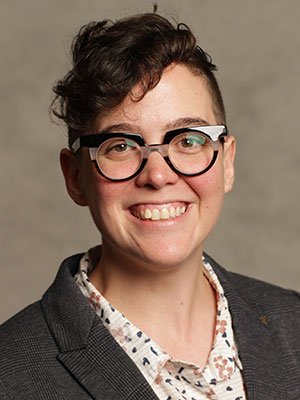
One problem with surveillance technology is that it’s programmed by humans, who are subject to biases and prejudices. That means it makes mistakes, just like humans, says Elizabeth Daniel Vasquez, special forensic science counsel at Brooklyn Defender Services in New York City.
Explosion in Technology
For Elizabeth Daniel Vasquez, special forensic science counsel at Brooklyn Defender Services in New York City, the science behind forensic evidence is only one front in the battle against wrongful convictions.
Another is the relationship between technology and civil liberties. Vasquez, who will also speak at the upcoming Forensic Justice Institute, began her legal career litigating wrongful conviction cases. She said that surveillance plays a big role in an increasing number of criminal defense lawyers’ caseloads.
“The cases that they pick up, particularly those that involve gun and drug possession or gang allegations, are all coming laden with these technologies and we’re just seeing an explosion in their use.”
The rise of smart phone technology is a big driver of the phenomenon, Vasquez said. In the past, the police would need separate warrants to search a suspect’s bank account, library records, and email.
Now, a single warrant authorizing a search of a suspect’s cell phone gives the police access to all that information and more. Criminal defense lawyers routinely argue that such warrants are overbroad.
“But the reality is that warrants are being issued on a daily basis that are one-stop shopping,” Vasquez said.
Predictions by Machine
Facial recognition software and automated license plate readers present other challenges for criminal defense lawyers.
New York City’s Domain Access System – which allows the police to search multiple databases and uses algorithms – should concern everyone, Vasquez said.
“It is also a system on which algorithms are running, that can make predictions about where my client might be or who my client might be connected with. Any sort of idea you can come up with from what you’ve heard about how Facebook analyzes people algorithmically, that’s happening inside a system like the Domain Awareness System.”
One problem with surveillance technology is that it’s programmed by humans, who are subject to biases and prejudices. That means it makes mistakes, just like humans, Vasquez said.
Facial recognition software, for instance, has been taught to differentiate between faces by being fed a disproportionate number of photographs of white men. That means it’s less able to distinguish between the faces of women and between the faces of men of color, said Vasquez.
“What’s in the training set impacts how good the algorithm is going to be when it’s placed into action in a real-world scenario. People who have darker skin tones and people who are not men tend to be less well-served by facial recognition software.”
Jennifer Thompson, who wrote a New York Times Bestseller about her experience as a sexual assault victim, is one of numerous speakers at the upcoming
Forensic Justice Institute, a virtual event on Jan. 20-21, 2022, co-sponsored by State Bar of Wisconsin PINNACLE® and the Center for Integrity in Forensic Sciences.
A Turning Point
According to Vasquez, the dramatic expansion in surveillance technology – the Big Apple bristles with 15,000 closed circuit TV cameras – has brought society to a turning point.
“We as a community are going to have to come together to really reckon with the way automated systems, algorithms, artificial intelligence – whatever you want to call it – and the digital world are changing what it means to be in society,” Vasquez said.
 Jeff M. Brown is a legal writer for the State Bar of Wisconsin, Madison. He can be reached by email or by phone at (608) 250-6126.
Jeff M. Brown is a legal writer for the State Bar of Wisconsin, Madison. He can be reached by email or by phone at (608) 250-6126.
For Puracal, education is the key to correcting the misuse of forensic evidence, regardless of how it was gathered.
“We need to be training our judges and our jurors to question this stuff instead of just accepting it wholesale,” Puracal said.
That will require willingness on behalf of all the actors in the criminal justice system. David Thompson said that the law enforcement clients his company trains are receptive to learning new ways of conducting interviews.
“They want to protect the community, and also they know that if they put the wrong person away, the actual perpetrator is out there committing more crimes.”
The Cost of Wrongful Convictions
For Jennifer Thompson, the devastating harm that’s imposed by each wrongful conviction demands a new approach to the use of forensic evidence in criminal trials.
She founded a nonprofit, Healing Justice, in an attempt to alleviate that harm. Healing Justice conducts healing retreats where crime victims and wrongfully convicted persons who’ve been exonerated come together to “unpack their own harm and heal not just themselves but each other.”
Thompson drew on her own experience in founding Healing Justice.
Eleven years after he was wrongfully convicted, Ronald Cotton was exonerated. Two years later, he and Thompson met and eventually became friends. He co-authored “Picking Cotton: A Memoir,” along with journalist Erin Torneo.
Thompson said that the harm caused by a wrongful conviction falls not just on crime victims, but on those wrongfully convicted, their family members – even judges, jurors, prosecutors, and police officers. It also often subjects crime victims to double harms – the crime, and then blame for the wrongful conviction.
“The world assigned blame for what happened to Ron to me,” Thompson said. “That created unbelievable harm to me that I will probably never get over
“It created this very strange singular narrative about the story, which was that Ron Cotton was the only person hurt, and my trauma and harm got erased out of the story.”
The harm from wrongful convictions also falls on the victims of crimes committed by the perpetrators who remain free after someone else takes the fall for their misdeeds.
In Thompson’s case, Bobby Poole committed 24 violent crimes after Ronald Cotton was wrongfully convicted – including six rapes.
Using the term wrongful conviction is misleading, Thompson said, because it focuses attention on crime victims and wrongfully convicted persons instead of on the perpetrators enjoying liberty they don’t deserve.
“The correct way of talking about it is ‘wrongful liberty,’ and we’re not talking about it in that kind of direction. We’ve kind of created silos of narratives. I’m a huge proponent of understanding the great swaths of harm that get created.”
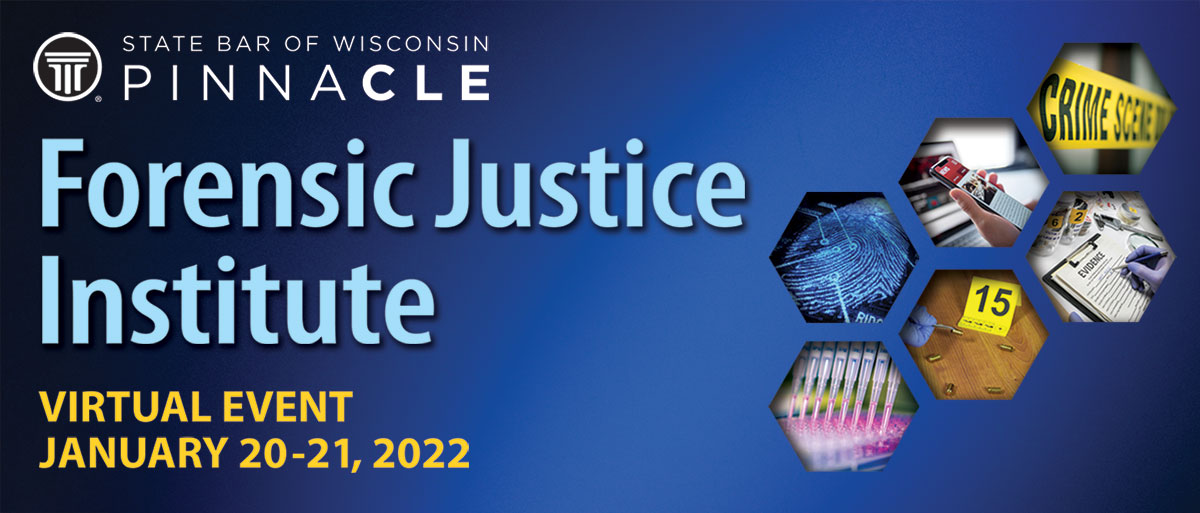
Advancements in technology and testing have created an explosion of new resources for investigators, prosecutors, and defense counsel. But, misapplication and misunderstanding of those advancements can lead to devastating outcomes in the criminal justice system. That, along with new scrutiny of sciences that have been used in courtrooms for many years have raised questions that cannot be ignored. Designed with legal professionals in mind, the
Forensic Justice Institute is a premier virtual event that puts the scientific evidence used in court under the microscope.
Together with the Center for Integrity in Forensic Sciences (CIFS), we've gathered renowned experts in forensics and nationally known speakers to present an unbiased look at the current scientific methods and results often submitted as evidence. Understand the reliability of the methods utilized so you can ensure your next criminal case contains science facts – not science fiction, and improves the use of forensic science in the criminal justice system.
Topics covered will include:
- Firearm analysis
- DNA analysis
- Digital forensics
- Forensic bias in interrogations
- Crime lab trends
- And more!
11.5 CLE/1.5 EPR
Register at
forensicjusticeinstitute.org
